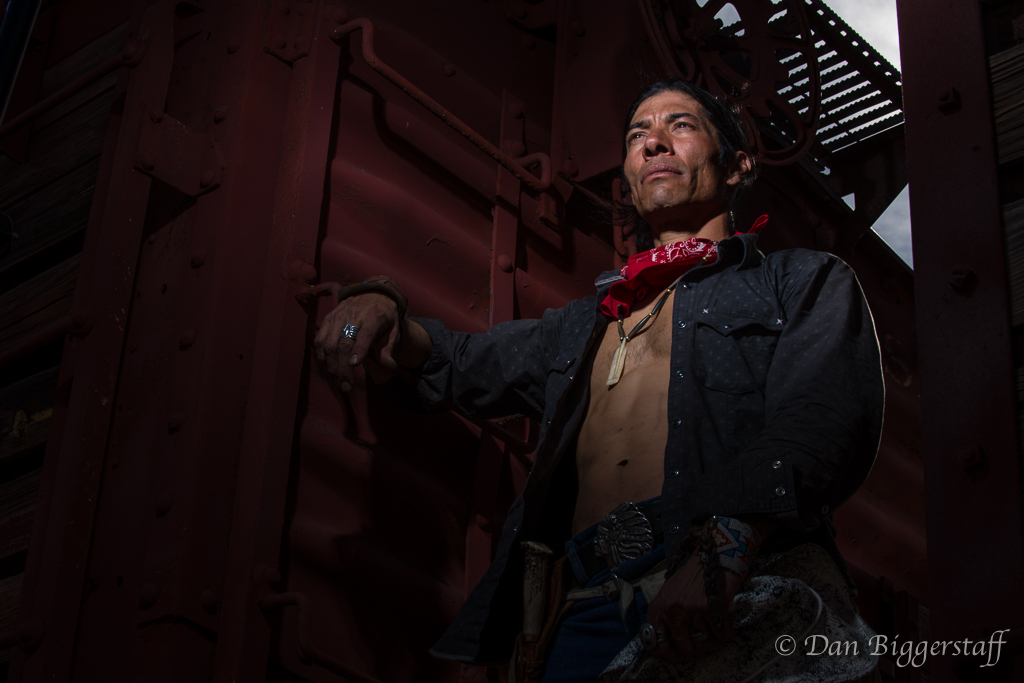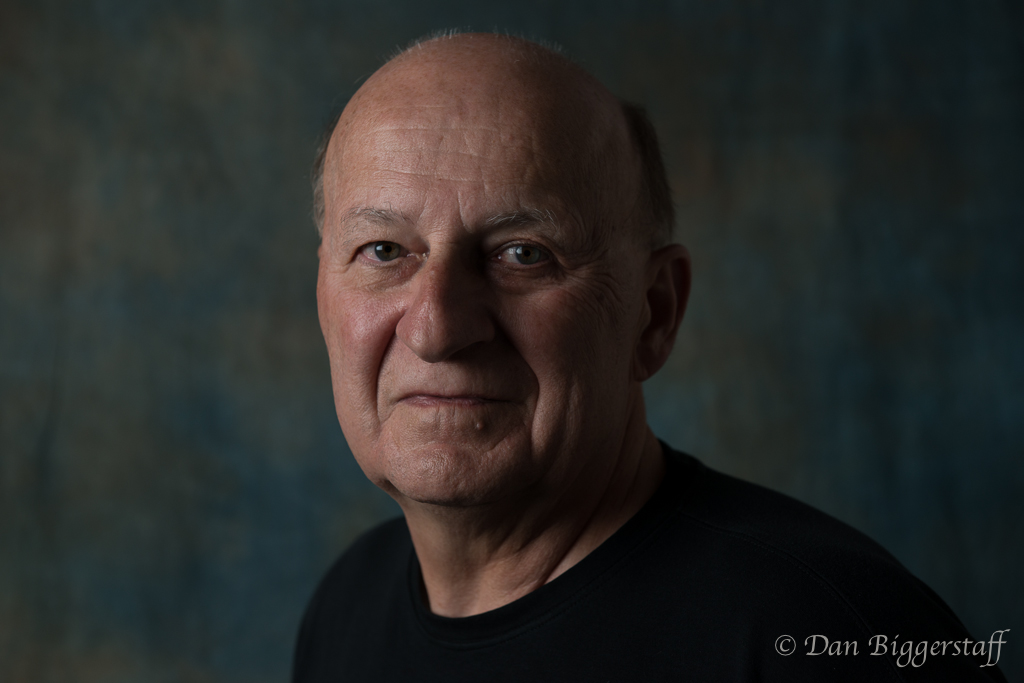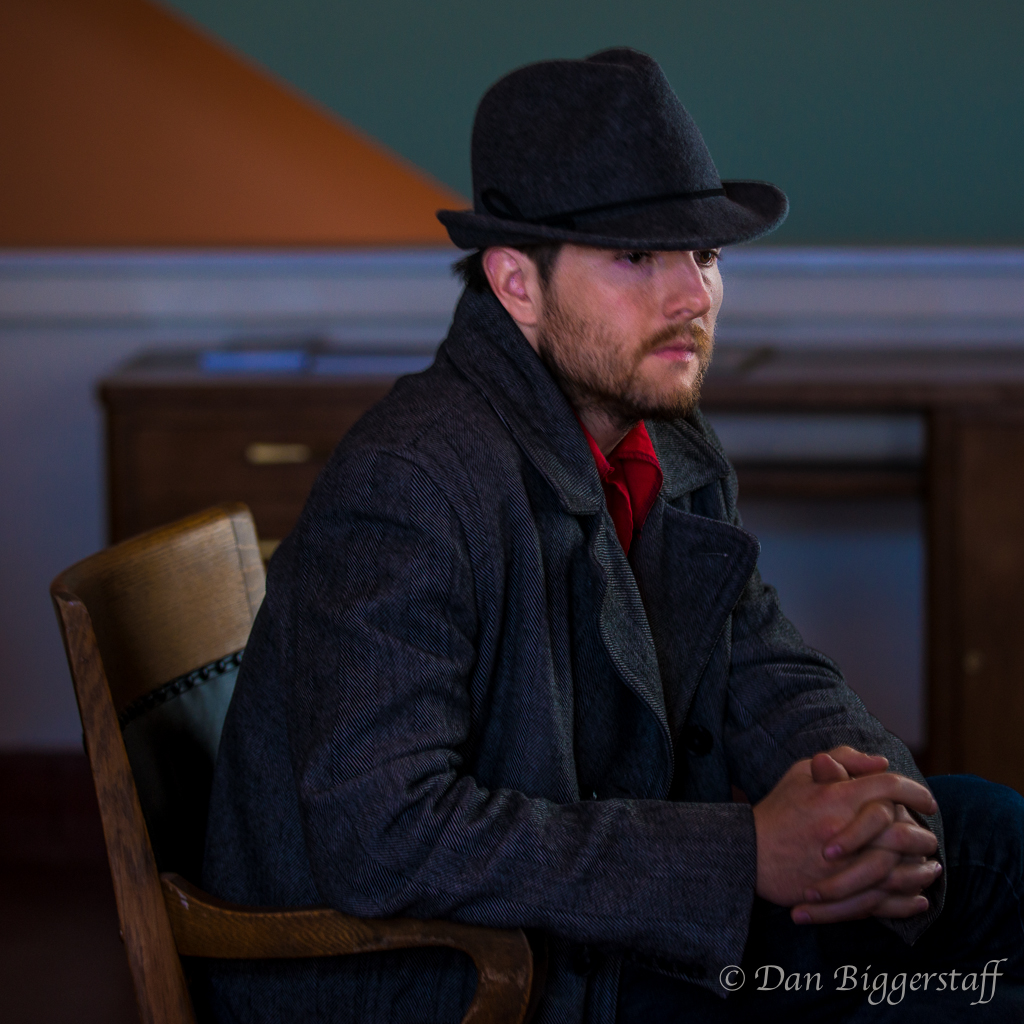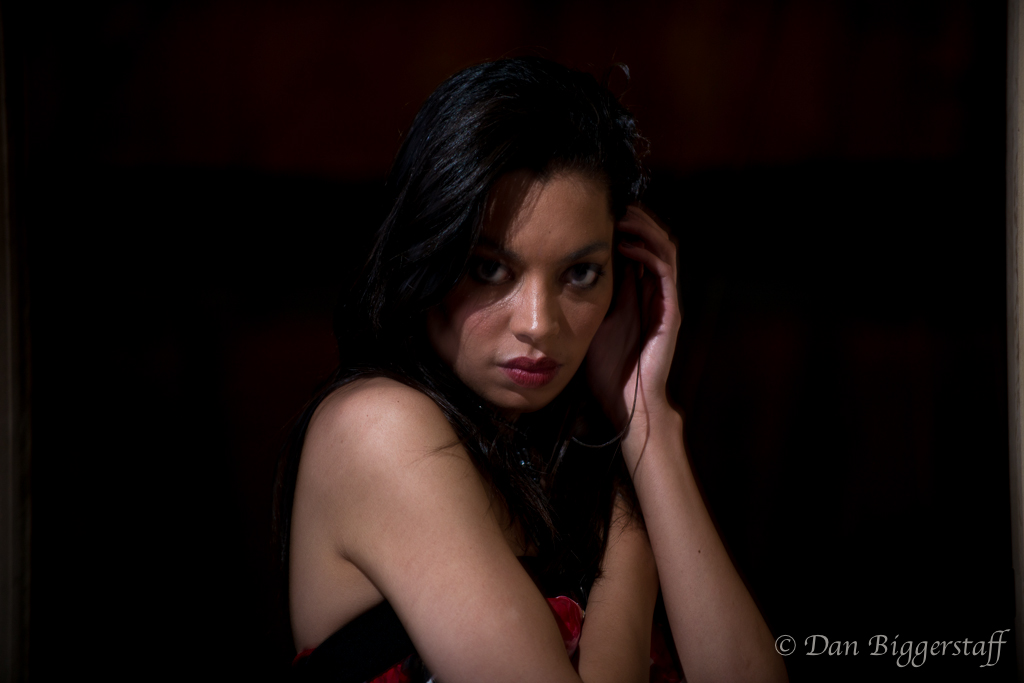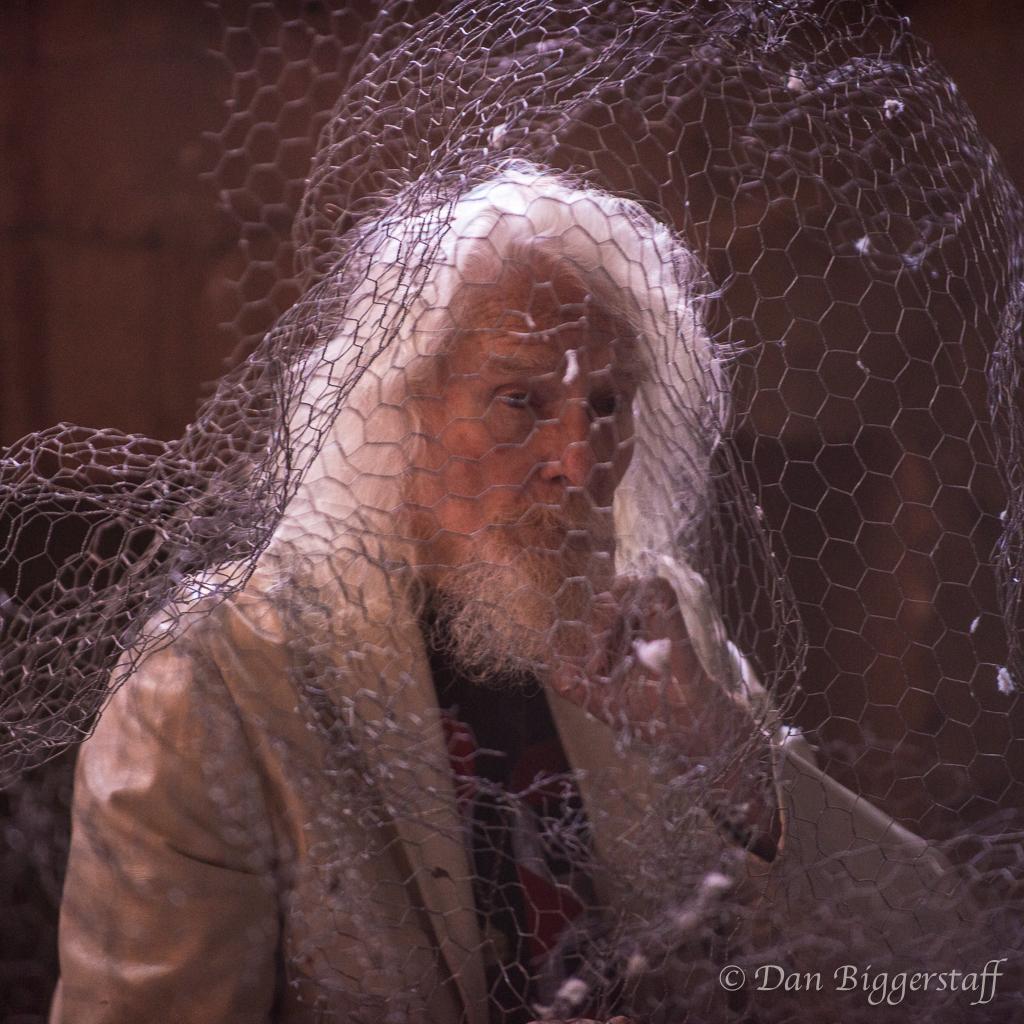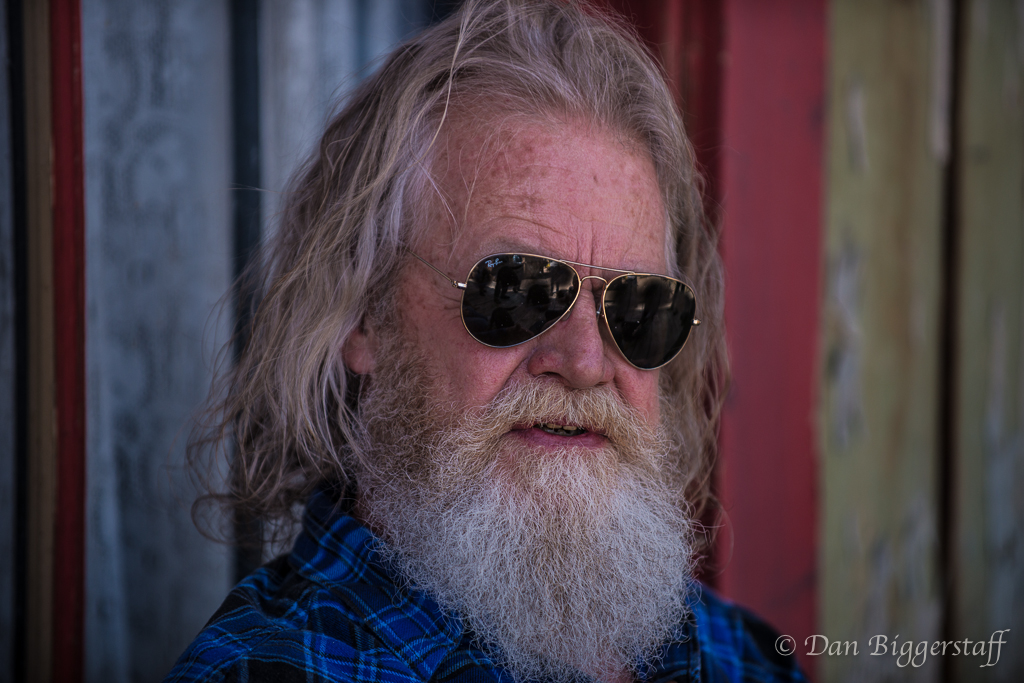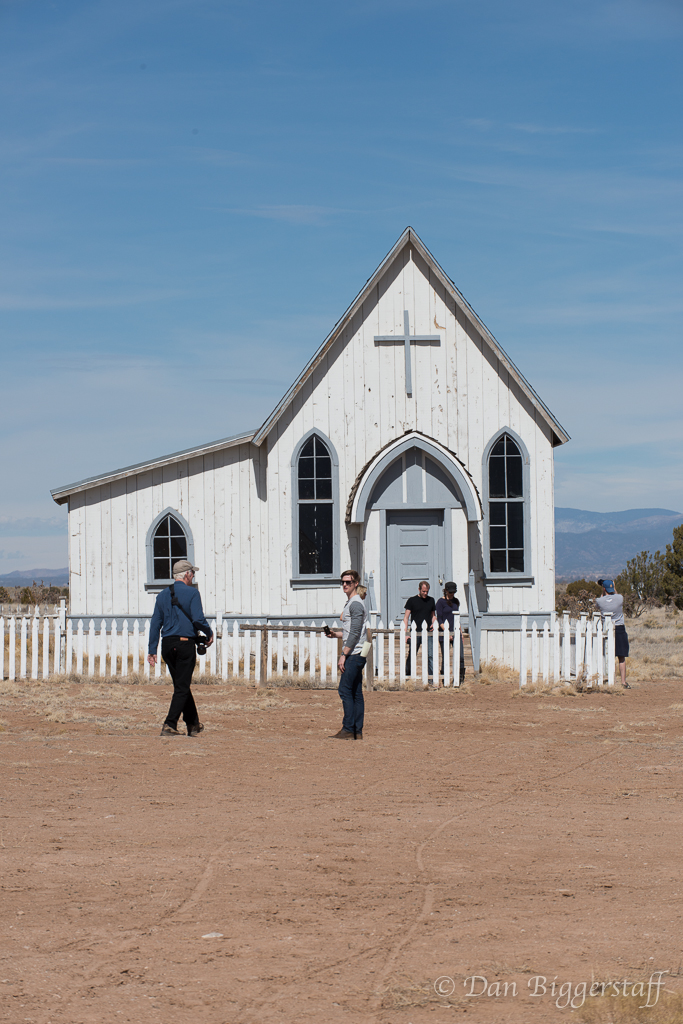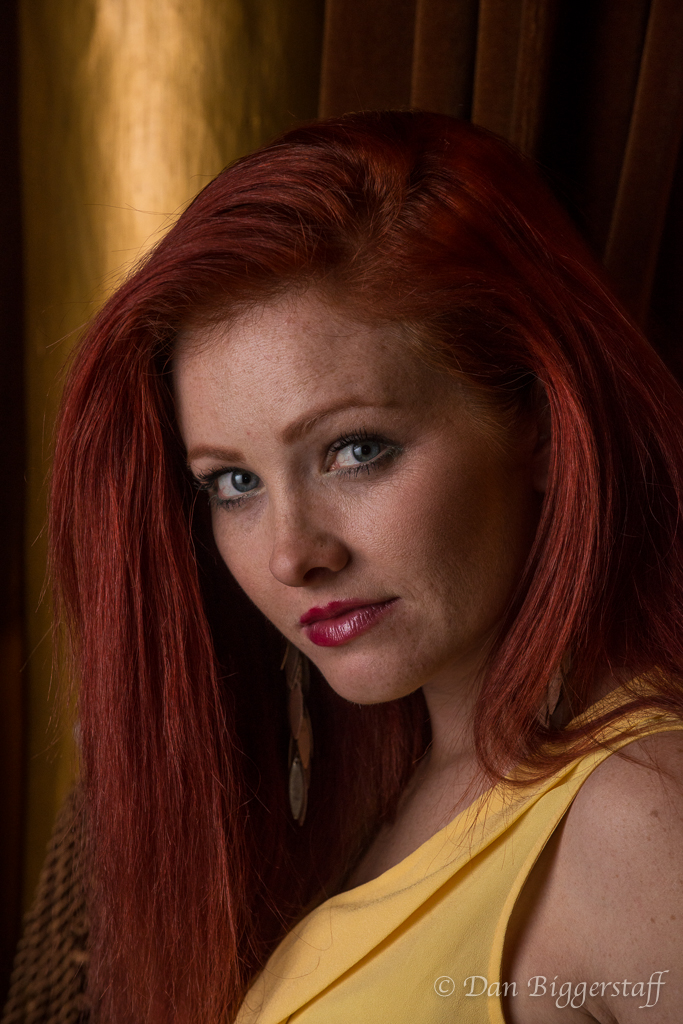When assisting or being assisted by another surgeon, I always learn something new. The same thing applies to photography. Santa Fe, New Mexico (The Santa Fe Workshop) was the destination for a recent workshop on the use of small flash (speed light). David Tejada, a friend from a prior photography workshop was outstanding as the leader of the event. Most of you are aware of the options for lighting a photograph, so I will only touch on the highlights. If you are a pro, please skip to the photos and enjoy.
Ambient light, whether it be outdoors from the sun, or other source such as a fire, or indoors from tungsten or fluorescent bulbs or even from a candle, is the most commonly used source of light for photography. Many well-known photographers such as Jay Maisel and Sue Bryce use ambient light almost exclusively. Artificial light sources, when needed, come in many shapes, sizes and costs. The smaller units, detachable from the camera, are called speed lights. (The pop up flashes on many cameras are rarely used by professional photographers for lighting.) The advantages of the speed lights are their small size and portability and the fact they do not have to be attached to a 110-120 volt electrical source. The major disadvantage of the speed light is the limited power (measured in watt-seconds) they produce. A good speed light can produce around 100 watt-seconds of power. This problem can be overcome to some degree by putting 2-4 speed lights (or more) together to increase the light output. One situation requiring extra light power is taking a photo in bright sunlight. My first photograph below was taken in the early afternoon on a bright sunny day; I closed down my f-stop (f22) to make the picture appear as if it were taken at dusk. In order to light Adam, the model, and to make it look like one light source, I taped two speed lights, one upside down on top of the other. Other situations would require a studio light with much more power.
Book and books have been written on lighting in photography. Good on-line sources for lighting information are major manufacturers and distributors of lighting equipment such as: http://www.profoto.com/blog/, http://www.bhphotovideo.com/indepth/category/tags/lighting, http://www.adorama.com/alc/, and http://fjwestcott.com/university/, just to name a few.
Here are a few of my photos from the workshop. One was taken in a studio and the others on location. You may recognize the church at Eaves Ranch, one of the most frequently utilized sets in Western movies. All but two of the photos were taken utilizing small flash for lighting. The best way to view the photographs is to click on the first one and scroll through the rest.

